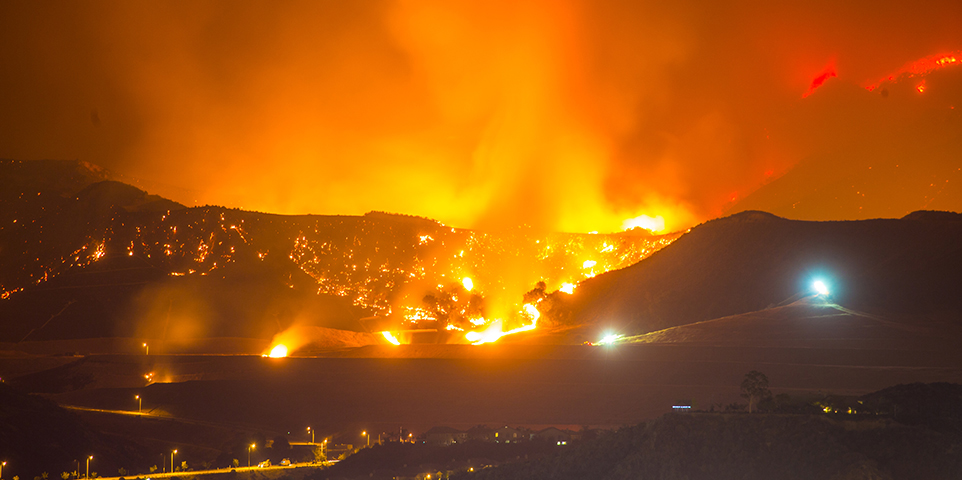MEMBERSHIP
AMPLIFY
EN ESPAÑOL
Connect With Us
- Popular search terms
- Automobile
- Home + Renters
- Claims
- Fraud
- Hurricane
- Popular Topics
- Automobile
- Home + Renters
- The Basics
- Disaster + Preparation
- Life Insurance

*2004 fires and acres do not include state lands for North Carolina.
Source: National Interagency Fire Center.
|
(1) Includes Puerto Rico. Totals for the United States do not match totals shown elsewhere by the National Interagency Fire Center due to the use of different exhibits.
Source: National Interagency Fire Center.
|
Source: CoreLogic®, a property data and analytics company.
|
Source: National Interagency Fire Center.
($ millions)
|
||||||||||||||||||||||||||||||||||||||||||||||||||||||||||||
(1) Includes losses sustained by private insurers and government-sponsored programs such as the National Flood Insurance Program. All fires on this list occurred in California unless otherwise noted. Includes Puerto Rico and the U.S. Virgin Islands. Subject to change as loss estimates are further developed. As of January 2025.
(2) Adjusted for inflation by Aon using the U.S. Consumer Price Index.
Source: Aon.
|
(1) As of October 2024.
Source: Calfire.
|
(1) As of April 2025.
(2) "Structures" include homes, outbuildings (barns, garages, sheds, etc) and commercial properties destroyed. This list does not include fire jurisdiction. These are the Top 20 regardless of whether they were state, federal, or local responsibility.
(3) Under investigation.
Source: Calfire.
|
(1) As of April 2025.
(2) Under investigation.
Source: Calfire.